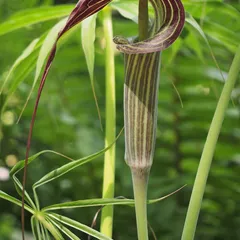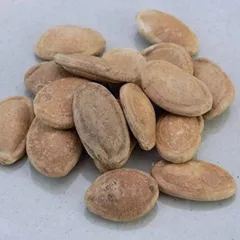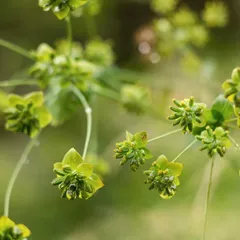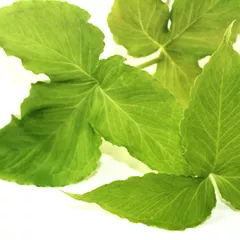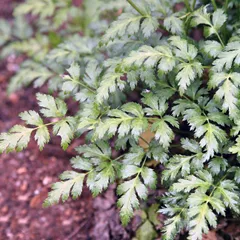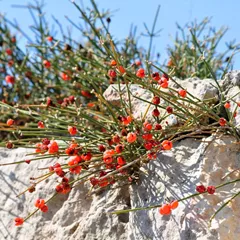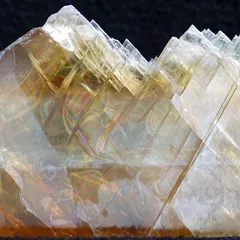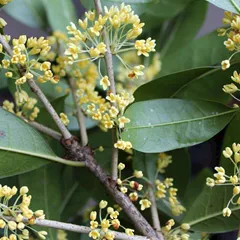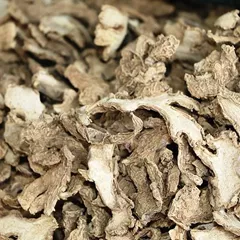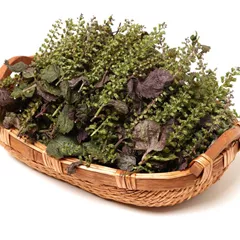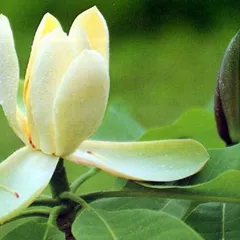Ding Chuan Tang
Ding Chuan Tang
Chinese: 定喘汤
Pinyin: Dìng Chuǎn Tāng
Other names: Arrest Wheezing Decoction, Ephedra and Ginkgo Combination,
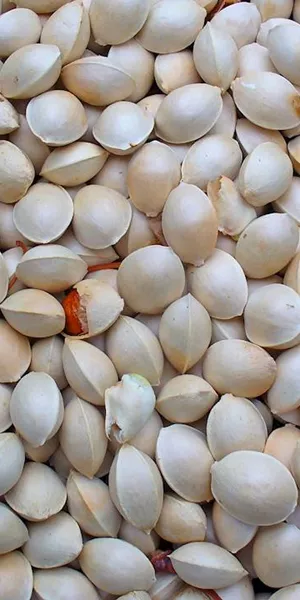
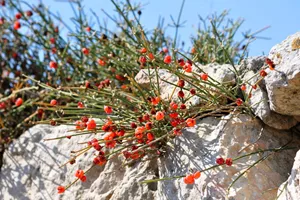
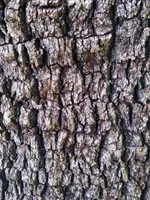
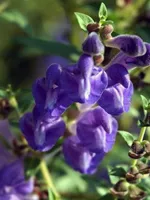




Ding Chuan Tang
Ding Chuan Tang
Chinese: 定喘汤
Pinyin: Dìng Chuǎn Tāng
Other names: Arrest Wheezing Decoction, Ephedra and Ginkgo Combination,
Number of ingredients: 9 herbs
Formula category: Formulas for a rebellious Qi
Conditions for which it may be prescribed: AsthmaBronchiolitisChronic bronchitis
- Clears Lung Heat
- Expectorant for asthma
Contraindications: Contraindicated for Externally contracted Wind-Cold cases when there is no... Contraindicated for Externally contracted Wind-Cold cases when there is no sweating and no Internal Phlegm Heat. Contraindicated for chronic asthma with Qi Deficiency and a frail pulse. see more
Source date: 1550 AD
Source book: Multitude of Marvelous Formulas for Sustaining Life
The information provided here is not a replacement for a doctor. You shouldn't use it for the purpose of self-diagnosing or self-medicating but rather so you can have a more informed discussion with a professional TCM practitioner.
Ding Chuan Tang is a 9-ingredient Chinese Medicine formula with Ginkgo Nuts (Bai Guo) and Ephedra (Ma Huang) as principal ingredients.
Invented in 1550 AD, it belongs to the category of formulas for a rebellious Qi. Its main actions are: 1) clears Lung Heat and 2) expectorant for asthma.
In Chinese Medicine health conditions are thought to arise due to "disharmonies" in the body as a system. These disharmonies are called "patterns" and the very purpose of herbal formulas is to fight them in order to restore the body's harmony.
In this case Ding Chuan Tang is used by TCM practitioners to fight patterns like Phlegm-Heat or Wind-Cold invading the Interior with Phelgm-Heat. From a Western Medicine standpoint, such patterns can give rise to a range of conditions such as chronic bronchitis, asthma or bronchiolitis for instance.
On this page, after a detailed description of each of the nine ingredients in Ding Chuan Tang, we review the patterns and conditions that Ding Chuan Tang helps treat.
The nine ingredients in Ding Chuan Tang
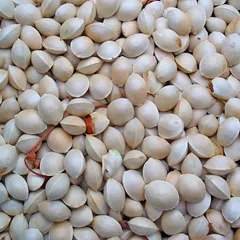
Bai Guo is a king ingredient in Ding Chuan Tang. Like the name indicates, it means it has more power than other ingredients in the formula.
1. Ginkgo Nuts (Bai Guo)
Part used: Dried ripe seed
Nature: Neutral
Meridian affinity: Lung
Category: Herbs that stabilize and bind
Bai Guo transforms Phlegm, contains the leakage of Lung Qi, stops wheezing, and prevents Ephedra (Ma Huang) - the other key herb - from causing excessive dispersion and depletion.
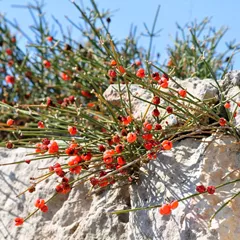
Ma Huang is a king ingredient in Ding Chuan Tang. Like the name indicates, it means it has more power than other ingredients in the formula.
2. Ephedra (Ma Huang)
In general Ma Huang's main actions are as follows: "Releases the surface through sweating. Promotes the circulation of Lung Qi and stop wheezing. Promotes urination."
In the context of Ding Chuan Tang, it is used because it unblocks and redirects the Lung Qi, stops wheezing, and releases the Exterior.
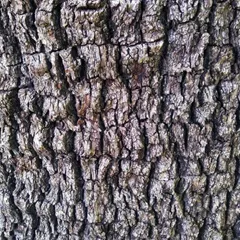
Sang Bai Pi is a deputy ingredient in Ding Chuan Tang. This means it helps the king ingredient(s) treat the main pattern or it serves to treat a coexisting pattern.
3. Mulberry Bark (Sang Bai Pi)
Part used: Dried root bark
Nature: Cold
Taste(s): Sweet
Meridian affinity: Lung
Category: Herbs that cool the Blood
In general Sang Bai Pi's main actions are as follows: "Clears heat from the lung, relieves asthma and induce urination to disperse swelling"
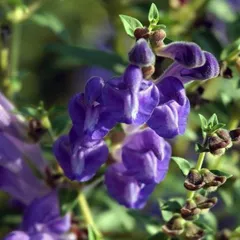
Huang Qin is a deputy ingredient in Ding Chuan Tang. This means it helps the king ingredient(s) treat the main pattern or it serves to treat a coexisting pattern.
4. Baikal Skullcap Roots (Huang Qin)
Part used: Dried root
Nature: Cold
Taste(s): Bitter
Meridian affinity: GallbladderHeartLarge intestineLungSmall intestineSpleen
Category: Herbs that clear Heat and dry Dampness
Huang Qin clears Heat and transforms Phlegm. Together with Mulberry Bark (Sang Bai Pi), they act to eliminate Phlegm Heat from the Lungs, arrest the wheezing and stop the coughing.
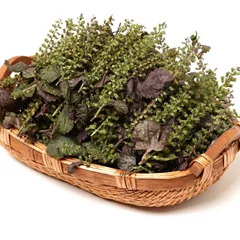
Zi Su Zi is an assistant ingredient in Ding Chuan Tang. This means that it either serves to reinforces the effect of other ingredients or it moderates their toxicity.
5. Perilla Seeds (Zi Su Zi)
Zi Su Zi works together with Crow-dipper rhizome (Ban Xia) and Coltsfoot flower (Kuan Dong Hua) to support the key and deputy herbs in directing the Rebellious Qi downward, arresting the wheezing, and expelling Phlegm.
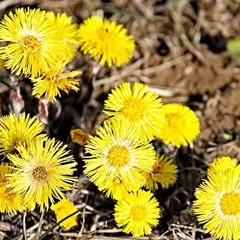
Kuan Dong Hua is an assistant ingredient in Ding Chuan Tang. This means that it either serves to reinforces the effect of other ingredients or it moderates their toxicity.
6. Coltsfoot Flowers (Kuan Dong Hua)
Part used: Dried flower bud
Nature: Warm
Meridian affinity: Lung
Category: Herbs that relieve coughing and wheezing
In general Kuan Dong Hua's main actions are as follows: "Redirects Rebellious Lung Qi and stops coughing. Some coltsfoot plants contain toxic pyrrolizidine alkaloids which can cause liver problems."
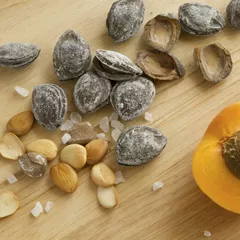
Xing Ren is an assistant ingredient in Ding Chuan Tang. This means that it either serves to reinforces the effect of other ingredients or it moderates their toxicity.
7. Apricot Seeds (Xing Ren)
Part used: Dried ripe seeds
Nature: Warm
Meridian affinity: Large intestineLung
Category: Herbs that relieve coughing and wheezing
In general Xing Ren's main actions are as follows: "Stops cough and wheezing caused by either Heat or Cold. Lubricates the Intestines and relieves constipation."
In the context of Ding Chuan Tang, it is used because it reinforces the actions of Ephedra (Ma Huang) in expanding the Lungs and arresting the wheezing.
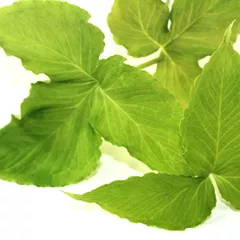
Ban Xia is an assistant ingredient in Ding Chuan Tang. This means that it either serves to reinforces the effect of other ingredients or it moderates their toxicity.
8. Crow-Dipper Rhizomes (Ban Xia)
Part used: Dried rhizome and tuber
Nature: Warm
Taste(s): Pungent
In general Ban Xia's main actions are as follows: "Drains Dampness and reduces Phlegm. Reverses the flow of Rebellious Qi. Reduces hardenings and relieves distention."
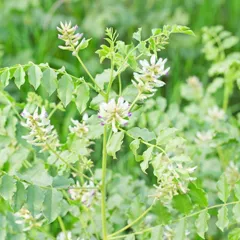
Gan Cao is an envoy ingredient in Ding Chuan Tang. This means that it directs the formula towards certain area of the body and/or harmonizes the actions of other ingredients.
9. Liquorice (Gan Cao)
Part used: Dried root and rhizome
Nature: Neutral
Taste(s): Sweet
Meridian affinity: HeartLungSpleenStomach
Category: Tonic herbs for Qi Deficiency
In general Gan Cao's main actions are as follows: "Tonifies the Basal Qi and nourishes the Spleen Qi. Clears Heat and dispels toxicity. Moistens the Lungsexpel phlegm and stop coughing. Relieves spasms and alleviates pain. Harmonizes and moderates the effects of other herbs."
In the context of Ding Chuan Tang, it is used because it harmonizes the actions of the other ingredients in the formula.
Conditions and patterns for which Ding Chuan Tang may be prescribed
It's important to remember that herbal formulas are meant to treat patterns, not "diseases" as understood in Western Medicine. According to Chinese Medicine patterns, which are disruptions to the body as a system, are the underlying root cause for diseases and conditions.
As such Ding Chuan Tang is used by TCM practitioners to treat two different patterns which we describe below.
But before we delve into these patterns here is an overview of the Western conditions they're commonly associated with:
Chronic bronchitis Asthma Bronchiolitis
Again it wouldn't be correct to say "Ding Chuan Tang treats chronic bronchitis" for instance. Rather, Ding Chuan Tang is used to treat patterns that are sometimes the root cause behind chronic bronchitis.
Now let's look at the two patterns commonly treated with Ding Chuan Tang.
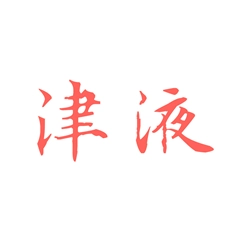
Body Fluids (Jin Ye) is one of Chinese Medicine's vital subtances. Learn more about Body Fluids in Chinese Medicine
Phlegm-Heat
Pulse type(s): Rapid (Shu), Slippery (Hua)
Tongue coating: Yellow coating
Tongue color: Red
Tongue shape: Swollen
Symptoms: Nausea Red face Dry mouth Depression Restlnessness Chest fullness Mucus in stools Focal distention Feeling of oppression of the chest Coughing of copious thick yellow sputum A feeling of oppression in the epigastrium Coughing and wheezing with copious thick and yellow sputum
Ding Chuan Tang is sometimes prescribed by TCM practitioners to treat Phlegm-Heat. This pattern leads to symptoms such as a feeling of oppression in the epigastrium, mucus in stools, depression and red face. Patients with Phlegm-Heat typically exhibit rapid (Shu) or slippery (Hua) pulses as well as Red swollen tongue with yellow sticky coating.
Phlegm-Heat is a pattern that typically occurs when Dampness or Body Fluids combine with pathogenic Heat. In this case the Heat either invades from the Exterior or is generated by emotional disorders, long-term illness, poor diet or other internal disharmonies.
The Heart is associated with Fire,... read more about Phlegm-Heat

The Interior in Chinese Medicine is one of the so-called "Eight Principles". Learn more about Interior in Chinese Medicine
Wind-Cold invading the Interior with Phelgm-Heat
Pulse type(s): Rapid (Shu), Slippery (Hua)
Tongue coating: Yellow coating
Symptoms: Labored breathing Coughing and wheezing with copious thick and yellow sputum
Ding Chuan Tang is sometimes prescribed by TCM practitioners to treat Wind-Cold invading the Interior with Phelgm-Heat. This pattern leads to symptoms such as labored breathing and coughing and wheezing with copious thick and yellow sputum. Patients with Wind-Cold invading the Interior with Phelgm-Heat typically exhibit rapid (Shu) or slippery (Hua) pulses as well as a tongue with yellow coating.
Learn more about Wind-Cold invading the Interior with Phelgm-Heat
Formulas similar to Ding Chuan Tang
Qing Qi Hua Tan Wan is 33% similar to Ding Chuan Tang
Xiao Chai Hu Tang is 33% similar to Ding Chuan Tang
Ban Xia Xie Xin Tang is 33% similar to Ding Chuan Tang
Da Qing Long Tang is 33% similar to Ding Chuan Tang
Xiao Qing Long Tang is 33% similar to Ding Chuan Tang
Su Zi Jiang Qi Tang is 33% similar to Ding Chuan Tang

